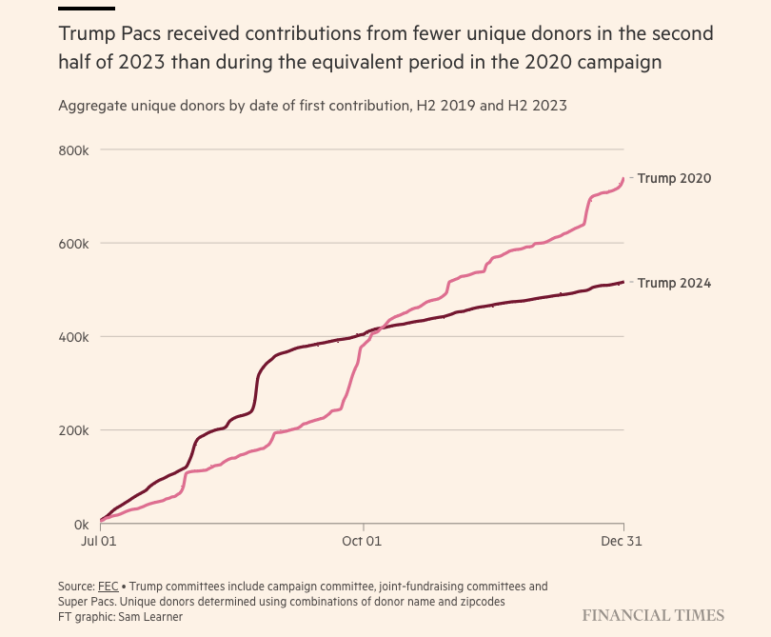

Data Journalism Top 10: Death and Wealth, Internet Privacy Tool, COVID Under Control, Dataviz Colors
“Death is the great equalizer,” or so the saying goes. But our NodeXL #ddj mapping from September 21 to 27 finds an investigation by The Boston Globe Spotlight team that proves otherwise: Race and income influence how and when people die. In this Top 10 #ddj edition, we also find The Markup launching its new privacy tool, the Financial Times examining how Finland, Madrid and New York City handled the pandemic, as well as a great guide by Datawrapper’s Lisa Charlotte Rost on choosing better colors for your charts.
Connection Between Wealth, Longevity
The Boston Globe Spotlight team wanted to find out if wealth and race influence how long people live, and how and where they die. To find the answer, they researched data from 1.2 million death certificates in the US state of Massachusetts from 1999 to mid-2020, and surveyed by mail more than 450 families that had lost a loved one recently. The results show that death is indeed affected by income and race: Poor people live shorter lives, much shorter, than those with money. Check out the visualization of this investigation by The Pudding, and the Boston Globe’s research methodology (same link). Journalist Todd Wallack provides insights into how the team had to go to court to obtain the data.
Blacklight: A New Privacy Tool
Journalists are abuzz about Blacklight, the new privacy tool created by The Markup. The tool, which took 18 months to develop, allows users to scan any website for user-tracking technology. It will reveal the companies receiving your data, and explains what the trackers are doing. Find out here how the team built this tool, including the code used for collection and analysis. Alarmed by the results of your website scan? Here’s what you can do after using it.
How Finland Kept COVID-19 Under Control
Finland has had 90% fewer coronavirus deaths per capita than its neighbor Sweden, and in the first half of 2020 its economy also contracted by less. In fact, Finland has one of the lowest infection rates in Europe. Richard Milne, the Nordic and Baltic correspondent at the Financial Times, dissects Finland’s approach in tackling the virus in an attempt to understand its relative success in controlling the pandemic (paywall).
A Tale of Two Cities Tackling A Pandemic
The Financial Times examines how Madrid and New York City — both epicenters for the coronavirus in March and April — have tackled the pandemic so far (behind a paywall). Madrid’s government was quick to end lockdown measures and reopen bars and restaurants to boost its economy while NYC was more cautious in easing its restrictions. The contrasting measures have led to different results: Madrid is once again battling a large number of infections while NYC is faring much better.
Choosing Colors for Charts
Lisa Charlotte Rost, a Berlin-based designer and blogger at Datawrapper, wrote a guide to choosing beautiful, distinctive colors for your charts. She also pinpoints common color mistakes and offers suggestions on how to avoid them. Bonus tutorial: If you can read German, Benedict Witzenberger, data journalist at the daily Süddeutsche Zeitung, shares four tips to make fancier automated graphics using Datawrapper from within the R programing language and software environment.
How Switzerland Voted
Switzerland held several referendums in September, with voters asked to weigh in on five issues: on free movement, the acquisition of new fighter jets, paternity leave, a revised hunting law, and a revised law related to tax deductions for childcare expenses. Swiss citizens can find out how decisions were made in their municipality by keying in a zip code into an interactive created by Tages Anzeiger, a German-language national daily.
FinCEN Files: How They Did It
Discover how the International Consortium of Investigative Journalists (ICIJ) tackled the large haul of documents in the #FinCENFiles and coordinated a massive global research effort involving more than 85 journalists in 30 countries. To review records of structured data, the team built its own fact-checking tool to flag errors and track edits. The reporters also analyzed the data using statistical and textual analysis, and deployed machine learning to review more than 60,000 addresses that were part of the data.
Grants for Cross-Border Data Stories
The School of Data Kyrgyzstan and the Prague Civil Society Centre launched the LAMPA Accelerator, a financial and mentoring project to support cross-border data stories. The five best project proposals will receive grants up to 1,000 euros, and are applicable for teams in Kyrgyzstan, Kazakhstan, Uzbekistan, Tajikistan, Russia, Belarus, Ukraine, Moldova, Georgia, Azerbaijan, Armenia, and Turkmenistan. The deadline is TODAY: October 1, 2020.
Online Data Journalism Courses
The London-based Centre for Investigative Journalism runs regular data journalism courses. Among its upcoming offers: Finding Stories with Data and Investigating Data with R. The courses are open to all, but incur a participation fee charged on a sliding scale to ensure that larger newsrooms subsidize places for freelancers and small organizations.
Data Journalism in Nigeria
In an interview with Nigeria’s Media Career Development Network, Joshua Olufemi, the founder of the media research and data analytics organization Dataphyte, talked about how Nigerian reporting is becoming more data-driven and how journalists can improve their work.
Thanks again to Marc Smith and Harald Meier of Connected Action for gathering the links and graphing them. The Top Ten #ddj list is curated weekly.
 Eunice Au is GIJN’s program manager. Previously, she was a Malaysia correspondent for Singapore’s The Straits Times, and a journalist at the New Straits Times. She has also written for The Sun, Malaysian Today, and Madam Chair.
Eunice Au is GIJN’s program manager. Previously, she was a Malaysia correspondent for Singapore’s The Straits Times, and a journalist at the New Straits Times. She has also written for The Sun, Malaysian Today, and Madam Chair.










